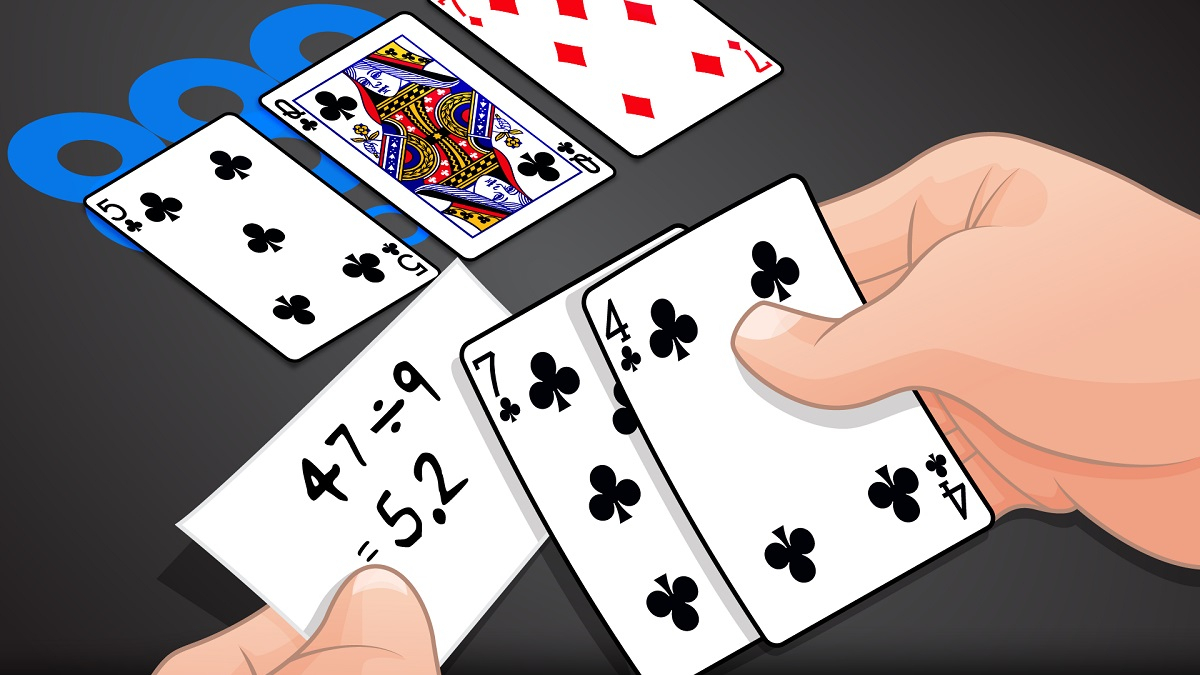Poker Odds Calculator Excel Spreadsheet

How to Use Excel for Poker. The best way to track these numbers for most players is to write them down in a little book at the table. When you get home put them into an Excel spreadsheet. This makes it simple to get instant reports and results and allows for more in-depth analysis. If you've never used Excel before there's no better time to start. Stakes = Profit/Odds or 100/5.64 = 17.73$ 17.73 multiplied by 5.64 = 99,9972, so you need to round the stake up a bit, say 17.75, that will give you a profit of 100,11. This is the reason why I added the column Profitcheck - to see in which case the calculated stake.odds add up to less than 100, meaning that that stake needs to be rounded up.
- Pot Odds Poker Calculator. If you are new to pot odds, I suggest watching this quick pot odds poker video to get up to speed. It’s only 5 minutes long and will get you up to speed. If you are comfortable with the concept, you can use this calculator to show the ratio and equity requirement when you are facing a bet.
- The Poker Odds Calculator will help you calculate your chances on a given hand, in any situation. One of the most interesting features of the PokerNews Poker Odds Calculator is the guide on the.
- Poker Software Poker Software Software List Poker Tools Poker Odds Poker Spreadsheet Poker Dictionary RGP Archive Poker Books Poker Books Book Reviews Poker Tutorials Hand Rankings Texas Hold 'Em Omaha Omaha Hi/Low 7 Card Stud 7 Card Stud Hi/Lo 8 H.O.R.S.E.
Once the flop has been dealt in Texas Hold'em, you'll be able to count your outs and know how likely it is your hand will improve. That will tell you whether you should stay in the hand or fold.
You can figure out your outs and odds for any hand, but here is a quick and dirty list of the most common scenarios:
Texas Hold'em Cheat SheetOdds Based on Outs after the Flop
If after the flop, you have:
Two outs: Your odds are 11 to 1 (about 8.5 percent)
A common scenario would be when you have a pair and you are hoping your pair becomes a three-of-a-kind (a set).
Four outs: Your odds are 5 to 1 (about 16.5 percent)
A common scenario would be when you are trying to hit an inside straight draw (there are 4 cards of one number that will complete the straight) or you have two pairs and you hope to make a full house (there are three cards remaining of one number and two of the other).
Eight outs: Your odds are 2 to 1 (about 31 percent)
A common scenario would be that you have an open-ended straight draw. There are four remaining cards of two different numbers that will complete your straight, on the high end and on the low end.
Nine outs: Your odds are 2 to 1 (about 35 percent)
This is the common scenario when you have a flush draw. Any of the nine remaining cards of the suit will give you a flush.
Fifteen outs: Your odds are 1 to 1 (about 54 percent)
A scenario for this is having a straight and flush draw, where either any of the nine remaining cards of the suit will give you a flush, while there are four cards remaining of each of two numbers that would complete a straight. However, you don't count the same cards twice as outs, so those of suit you hope to get don't count again.
The Rule of Four and Two
These odds only apply to counting both the turn and the river, so they assume you will stay in the hand until the showdown. Your odds are only about half as good for a single card draw, such taking the hit on the turn or taking the hit on the river. A common way of looking at the difference in the odds when you will be seeing two cards compared with one is called the Rule of 4 and 2.
After the flop, count your outs and multiply them by four to get your percentage odds. This doesn't give you an exact number, but it is quickly in the ballpark. With 15 outs, 4 x 15 = 55 percent you'll complete that straight or flush with the next two draws.

Poker Odds Calculator Excel Spreadsheet Formula
Poker Odds Calculator Excel Spreadsheet Calculator
However, when you are calculating the odds that a single draw will improve your hand, you multiply the outs by two rather than 4. With 15 outs, 2 x 15 = 30 percent chance.